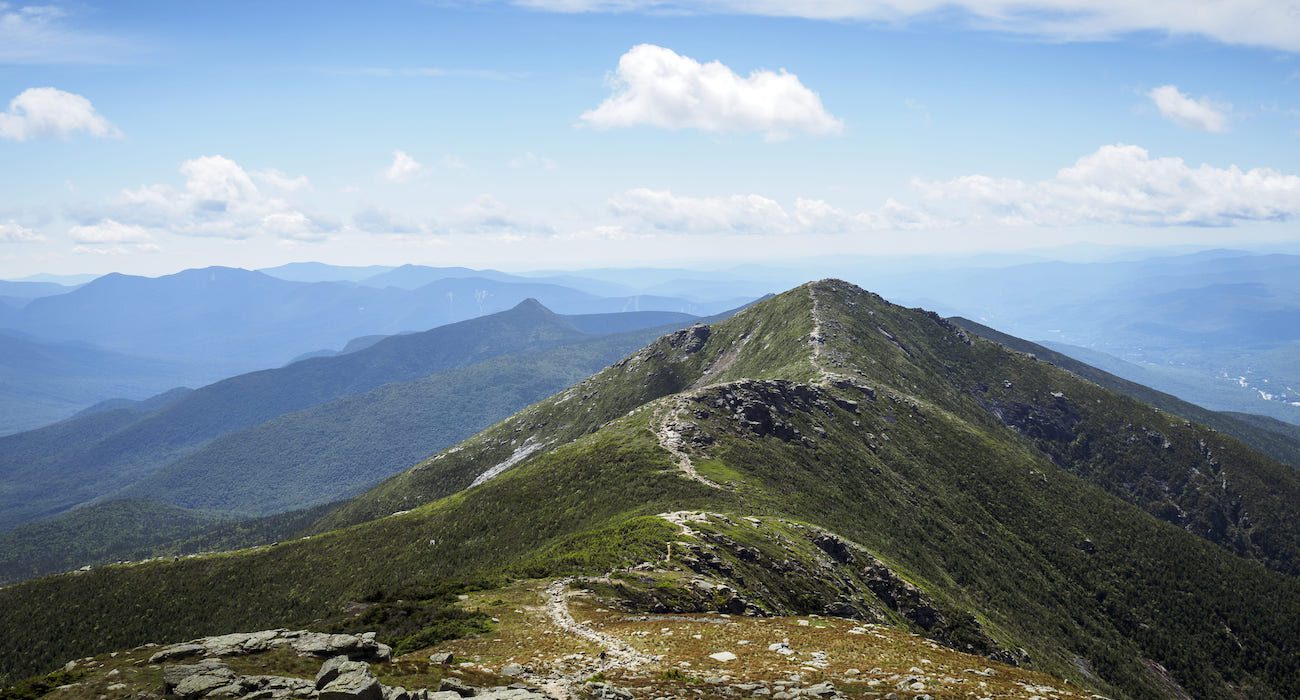The celebrated Appalachian Trail — a standard item on many avid hikers’ bucket lists — has been growing longer despite the route being finalized decades ago.
Stretching from Maine to Georgia, the trail was 2,050 miles long when it was completed in 1937. Yet today, it spans 2,200 miles due to a series of alterations that historians estimate has affected at least half of the original trail, reported The Washington Post.
For instance, the southern terminus in Georgia used to be Mount Oglethorpe, marked by a 38-foot marble obelisk.
Yet by the mid 1950s, trail conditions had deteriorated due to trail-side chicken coops and uncooperative landowners, which included timber companies, clandestine moonshine operations, and more.
“All that remains of the once extensive Tate Mountain Estates is a group of summer homes which are located around the lake,” reads one contemporary edition of an Appalachian Trail guide. “The destroyed wilderness and the possibility of being shot at greatly impacted the use of the Appalachian Trail in our area.”
As a result, the southern terminus was moved 37 miles away to Springer Mountain, located deep in Chattahoochee National Forest.
Moreover, one of the most popular panoramas on the Appalachian Trail — McAfee Knob in Virginia — was once struck off the National Park Service’s trail maps for about a decade.
The vista, now visited by over 50,000 hikers yearly, was off-limits from 1978 to 1987 when a group of people owning the land grew tired of littering and disruptive hiker behavior.
In fact, most of the Appalachian Trail had originally been plotted through private property. Owners were under no obligation to allow hikers to go through their property.
The landowners near Catawba Mountain sent a collective letter alerting the Roanoke Appalachian Trail Club that the trail section was closed. As a result, the Appalachian Trail had to be diverted over North Mountain — a strenuous trek to a ridge with no access to water.
Over time, Bob Proudman of the Appalachian Trail Conservancy used eminent domain to negotiate with the owners, who sold the National Park Service a corridor that would restore McAfee Knob to the Appalachian Trail in 1987.
Today the lookout point perched 3,200 feet high is the Appalachian Trail’s most photographed spot, offering a breathtaking view of Jefferson National Forest.
Changes may still be in store for the Appalachian Trail, with some suggesting an extension of its northern terminus — Mount Katahdin in Maine — into Canada. The Appalachian Mountains stretch into Quebec, Nova Scotia, New Brunswick, and Newfoundland.
A separate trek known as the International Appalachian Trail (IAT) exists due to an initiative launched by the former commissioner of the Maine Department of Conservation, Dick Anderson, in the late 1990s.
IAT’s official website states that the “trail” even extends across different continents, including treks in eastern Greenland, the British Isles, western Europe, and northwestern Africa.
With all the changes it has seen over the decades and those that may still be in store, the Appalachian Trail is more than just a hiking trail.
It is an ever-evolving testament to the American wilderness.
Each footfall on its path is a step in a journey through nature’s splendor and history as dynamic as the landscape it traverses.






